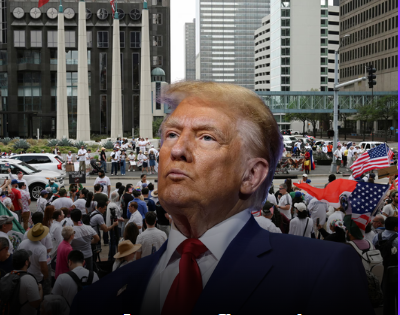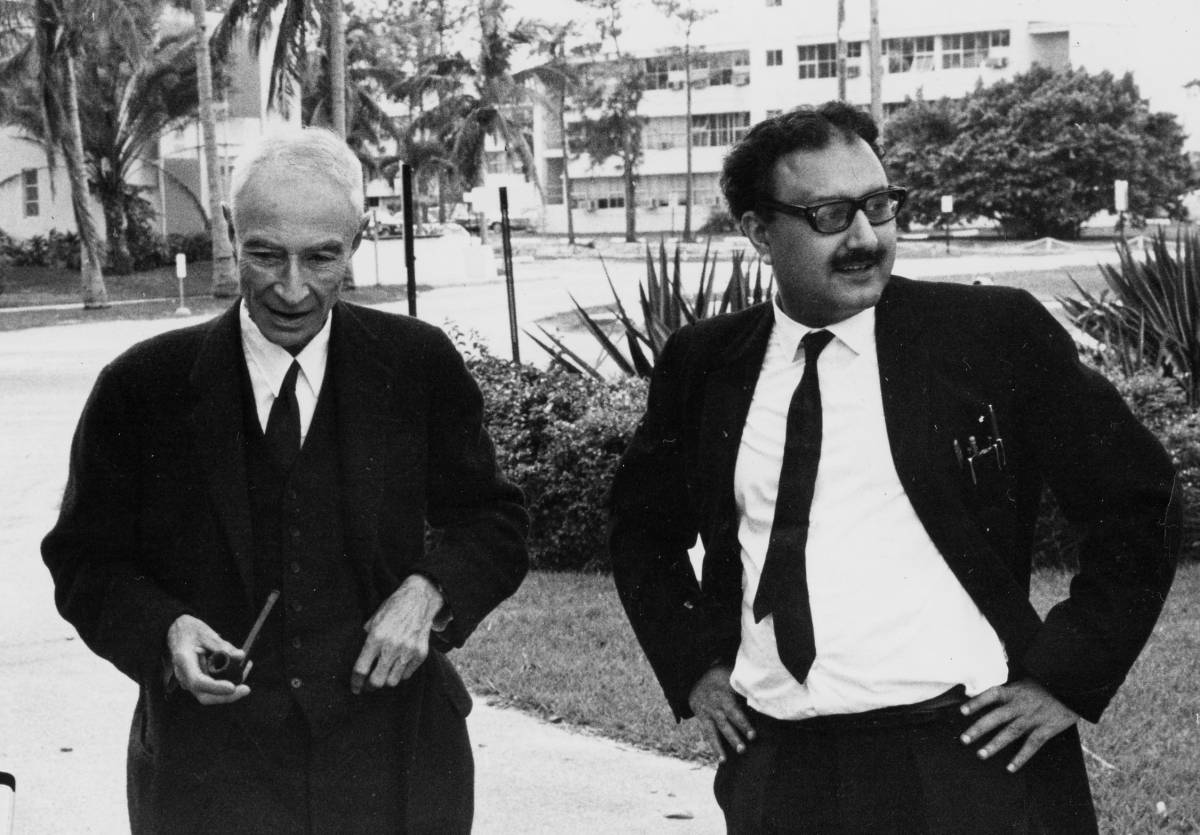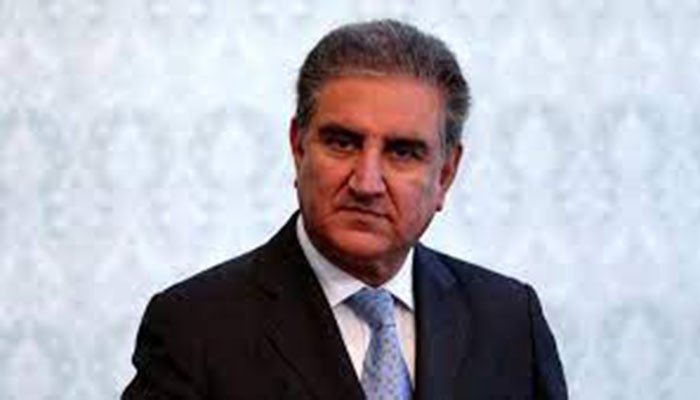The Trump administration is preparing to impose daily fines of up to $998 on undocumented migrants who defy final deportation orders—potentially retroactively for five years—and seize their assets if they fail to pay. The policy, first reported by Reuters, draws on a rarely enforced provision of a 1996 immigration law, repurposed now as a financial weapon to force what the administration calls “self-deportation.”
This isn’t about law enforcement. It’s about economic intimidation, the deliberate targeting of vulnerable populations with impossible penalties designed not just to deport, but to destroy.
According to internal memos reviewed by Reuters, the administration plans to levy these fines on roughly 1.4 million people with standing deportation orders, most of whom live and work in the U.S., many with deep ties, families, and American-born children. The policy will disproportionately affect the poor, particularly those in “mixed-status households”—where legal U.S. residents and undocumented immigrants live under one roof.
Worse still, the administration is preparing to expand the use of civil asset forfeiture, a tool historically used against drug traffickers and criminal enterprises, to seize the property of migrants unable to pay the mounting fines. This effectively criminalizes poverty—and by extension, migration itself.
A Legal Tool Turned Political Weapon
Originally passed under the Clinton administration, Section 274D of the 1996 Illegal Immigration Reform and Immigrant Responsibility Act allowed fines against non-citizens who fail to comply with removal orders. The law was seldom enforced until Trump’s first term, when his administration used it symbolically against a handful of migrants sheltering in churches. The fines were later withdrawn. Now, his team aims not only to revive but to expand the policy to unprecedented levels, potentially fining individuals over $1 million each, retroactively.
Cruelty by Design
The goal isn’t legal compliance—it’s psychological warfare. Experts, including former senior ICE officials, warn that this initiative is aimed at spreading fear, not enforcing justice. “The point isn’t really to enforce the law,” said Scott Shuchart, a former DHS advisor. “It’s to project fear in communities.”
And the fear is justified. These fines target the poorest and most precarious. According to the Migration Policy Institute, over a quarter of undocumented households fall below the federal poverty line. For such families, a $998-a-day fine isn’t just oppressive—it’s ruinous.
Add to that the looming threat of property seizures, and the plan takes on an unmistakably authoritarian tone: fines so high they cannot be paid, backed by asset forfeiture that could render families homeless.
Legal Chaos, Bureaucratic Dysfunction
Even the agencies tasked with implementing this crackdown appear unprepared. Memos from Customs and Border Protection (CBP) acknowledge that current systems cannot process such fines without major upgrades, potentially requiring over 1,000 additional staff. There is disagreement within federal agencies over whether CBP or ICE should enforce the policy, with internal confusion slowing any potential rollout.
But none of that may matter. The real purpose may be symbolic—a headline, a deterrent, a threat. It’s about projecting toughness in an election year, not creating functional governance.
The Broader Implications
This policy would punish millions of working migrants, many of whom pay taxes, contribute to the economy, and are raising American children. The threat of economic ruin could drive them deeper into the shadows—avoiding hospitals, schools, or even police protection.
It also opens a dangerous precedent: using economic policy not for regulation or development, but for coercion. Fines meant to impoverish. Seizures meant to destabilize. Laws meant not to protect citizens, but to terrify them.
This is not immigration reform—it’s economic warfare.
If this policy is enacted, it won’t just define Trump’s immigration legacy—it will redefine America’s moral standing. The question is no longer how far he’s willing to go. It’s how far we’re willing to let him.
Related stories:
Trump Threatens 50% Tariff on China Amid Escalating Trade War
Trump’s New Tariff War: Which Countries Are Hit, Who Escapes, and How It’s Backfiring on the U.S
Trump Names Pro-Israel Media Activist as US Ambassador to South Africa
How America’s Oligarchy Is Quietly Building a Fascist State
















